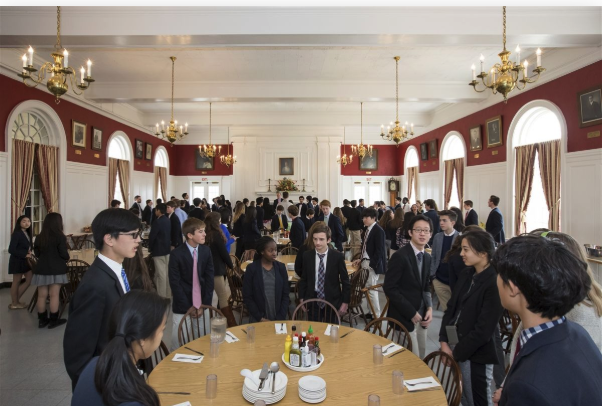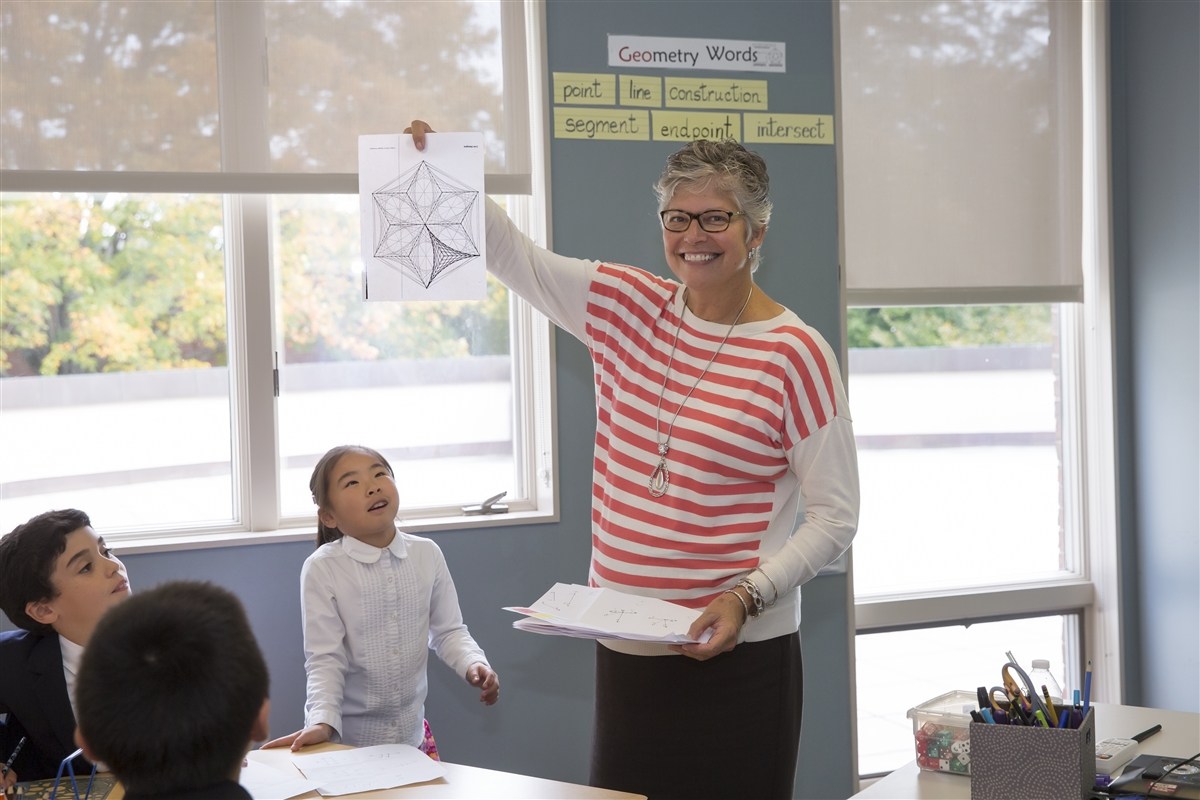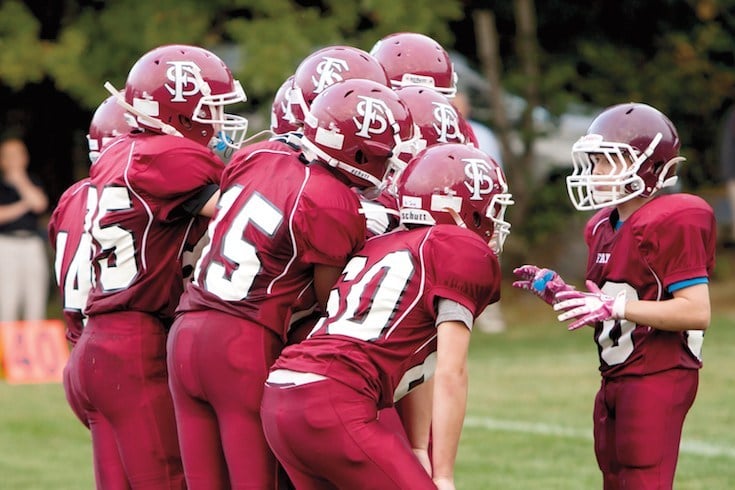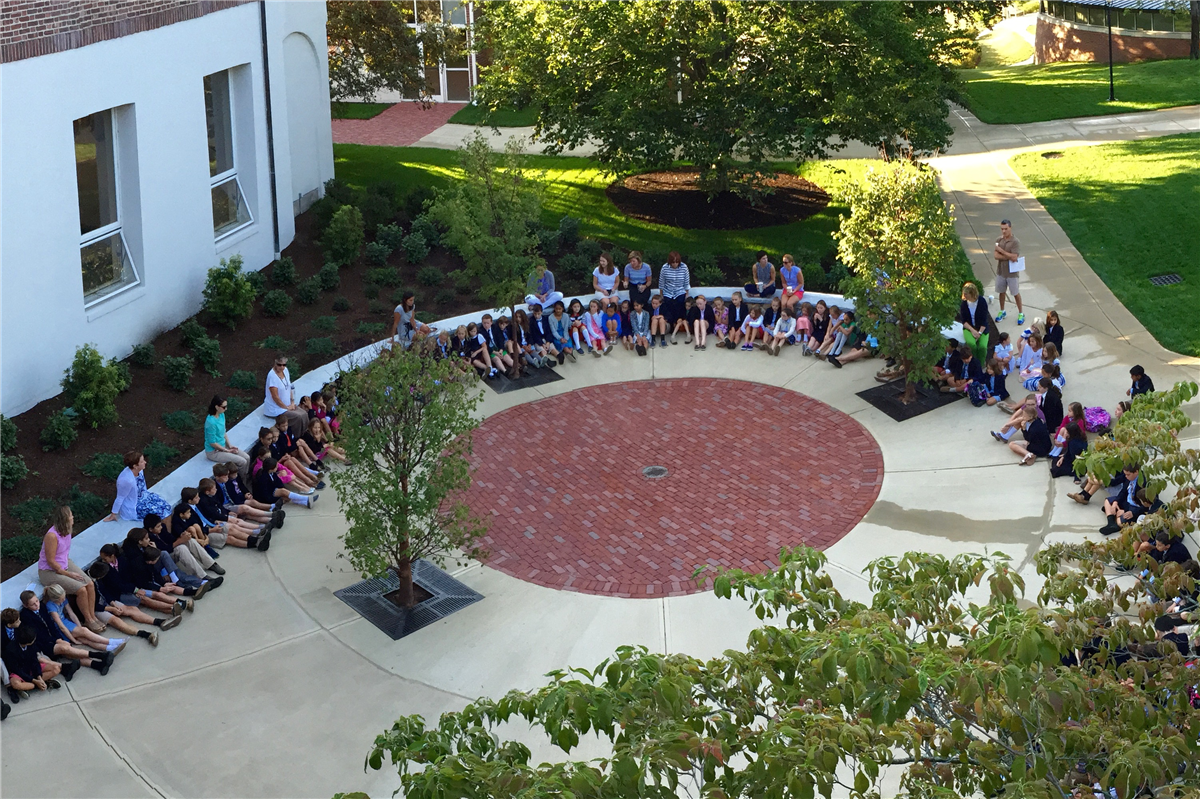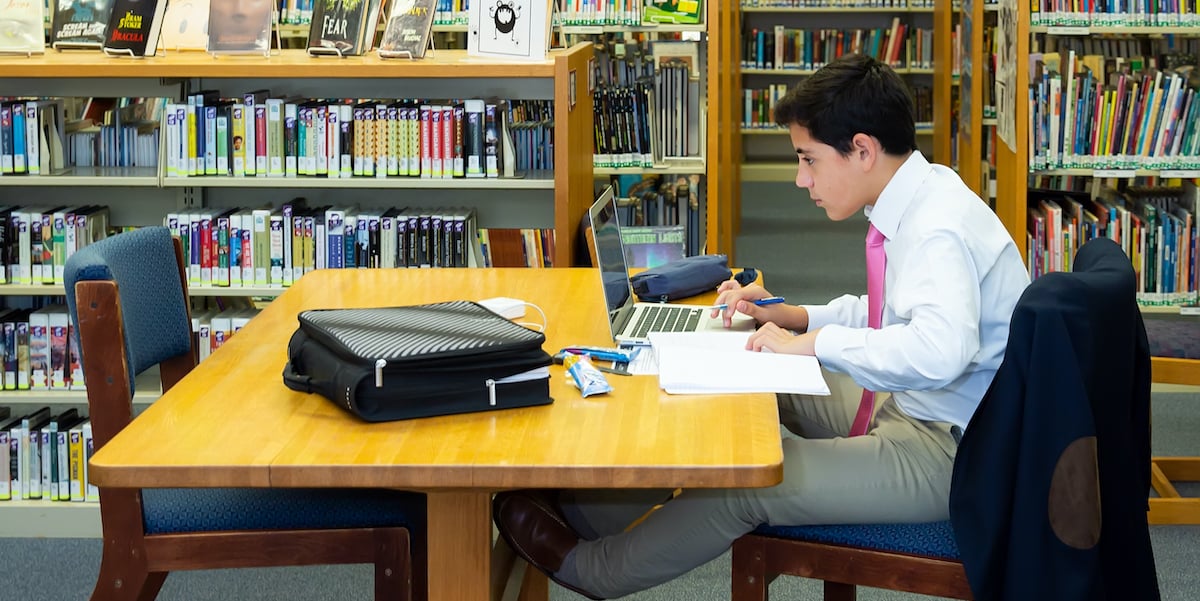There are a number of reasons why families might be interested in a private high school experience, ranging from smaller class sizes where students receive more individualized attention, to peer groups that value academic achievement, top-notch facilities, and specialized programs that aren’t available at the local public school.
While the secondary school admission process may seem intimidating at first glance, it doesn’t have to be stressful. The keys are to start early, stay organized, cast a wide net of schools to look at, have a good sense of what schools are looking for in their applicants, and most importantly to stay relentlessly focused on finding the right fit for your child.
The secondary school admission calendar
It’s important to pay attention to the secondary school admission calendar - and be aware that the schedule is significantly different from the public school registration calendar.
The private secondary school admission process usually starts in the summer before your student’s eighth-grade year. This is when you will want to start researching schools and identifying a list of schools that you may want to look at. (If you’re in Massachusetts, like us, two good places to start your research are the websites for the Association of Independent Schools in New England and the Massachusetts Public Charter School Association.) Once school starts in September, call the private schools that you would like to look at and set up an appointment for a tour and interview.
Over the course of the fall, as you start to narrow down your list of schools, you will also want to make sure you complete any standardized testing that the schools require, such as the SSAT or ISEE. You will also want to ask your current school and teachers to submit your child’s transcript and recommendation forms. Most schools have a due date of mid-January for completed applications and financial aid forms and will notify you of their decision and any financial aid awards in early March. If you are uncertain about which school to choose, you should attend each school’s Accepted Student Revisit Day in the spring, when accepted students have the opportunity to ask questions of current students, visit classes, and take one last look at a school before deciding where to enroll.
Another option to consider is whether you want to work with a secondary school consultant. Good consultants have a broad knowledge of the secondary school world and can provide helpful guidance, particularly if your child’s middle school is not able to provide support during the process.
Generating a list of schools
The school visit
It’s important to keep in mind that you will learn something from every single school that you visit. In fact, you’ll probably learn more from visiting the schools that you don’t like! While parents and students may dread a long list of school visits, keep in mind that each school visit is an opportunity to refine your understanding of what you are looking for.
Research the school’s dress code before your visit and make sure that your child is dressed appropriately. When in doubt, it is always better to skew toward the more formal end of a school’s dress code. You and your child should both plan on leaving any phones or other distracting technology in the car. A prospective student who is scrolling through a phone in the admission waiting room projects an image of disinterest.
Be prepared to ask lots of questions during your visit. Not only will your engagement help you learn more about the school, but it will also show your interest and lead to richer and more informative conversations with the people you meet on campus. Whenever possible, look for opportunities to talk to “regular” students and teachers in addition to the tour guide.
It’s also a great idea to take notes directly after your visit, especially if you’re seeing a number of schools over a short span of time. Believe it or not, they will all start to run together, and you may forget key details that will be important later. Make sure both you and your child take a few minutes to record impressions, questions, and other important details, such as the name of the student tour guide.
The interview
The interview can be a source of anxiety, but a little practice ahead of time can help ease any jitters. At Fay, our eighth and ninth grade students do at least one practice interview with a member of the secondary school counseling team, and sometimes more. In the fall, our ninth graders watch our counselors role-play the interview to learn the do’s and don’ts of interviewing well, and they also have the opportunity to meet in small groups with admission representatives from over 100 different secondary schools. By the time our students sit down for their school interview, they view it as an opportunity rather than an obstacle.
Make sure that your child goes into the interview with a few rich and interesting questions to ask about the school program or the community. Asking a question can also be a great way to bring up an important topic that wasn’t covered by the admission officer. For example, if your student volunteers in their local community they could mention it and ask if the school has any similar service opportunities that they could get involved with there. Finally, parents should be prepared for their interview as well. Think ahead of time about how you will discuss your child’s strengths and weaknesses and the questions that you will ask.
Last but not least: the thank you note! Make sure your child sends a handwritten note to his or her interviewer expressing thanks for the time spent and reiterating interest in the school. It’s these small touches that will make your visit memorable for the admission officers.
Completing the application
Revisits
Your child is on the waitlist: now what?
Focus on "best fit"
It’s important to remember that the ultimate goal is not a successful conclusion to the admission process but a happy and fulfilling high school experience. You will encounter a variety of people who are eager to give their opinion of each school during this process, but seldom are those opinions helpful or meaningful. “I’ve had two different families visit the same school on the same day, and one will think it’s great and the other will say it's awful,” says Stu, adding that it’s frustrating when parents allow themselves to be influenced by another parent’s opinion.
Stay focused on your child’s goals, interests, and instincts about each school, and you stand the greatest chance of finding the school where your child will be happy and successful.
To see a list of the Top 25 schools where Fay students have matriculated in the past five years, and to learn more about the secondary school counseling process, click here.



